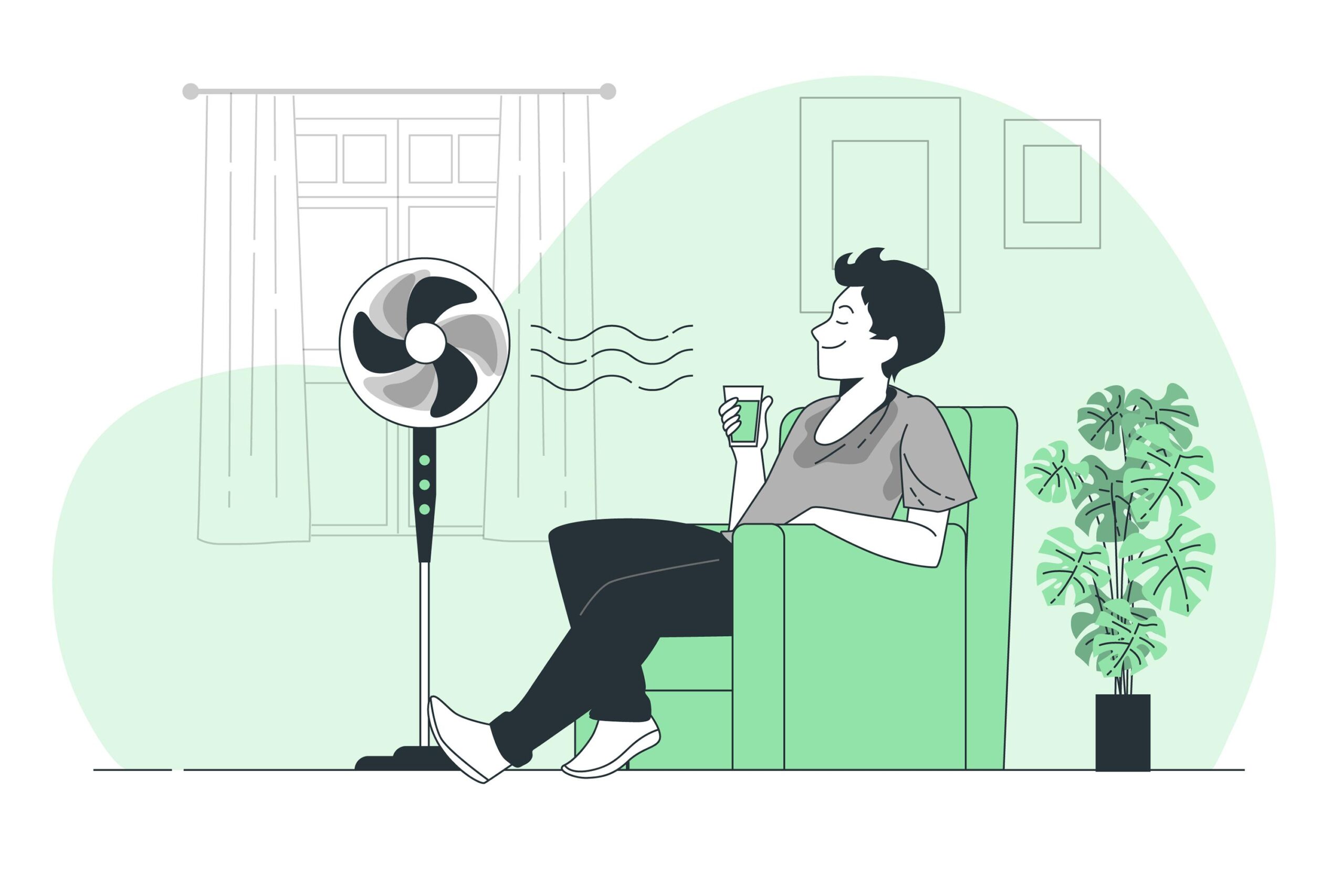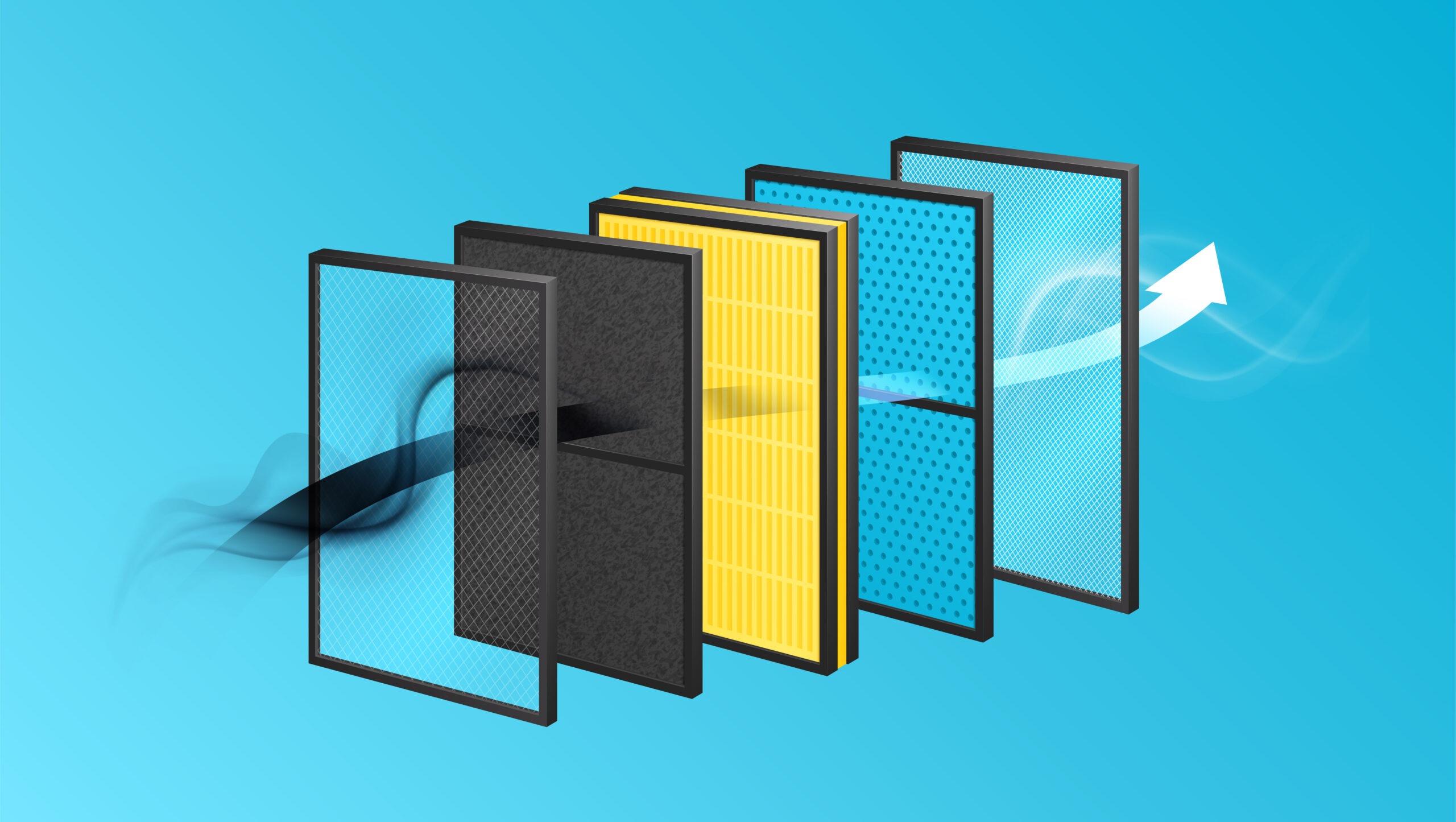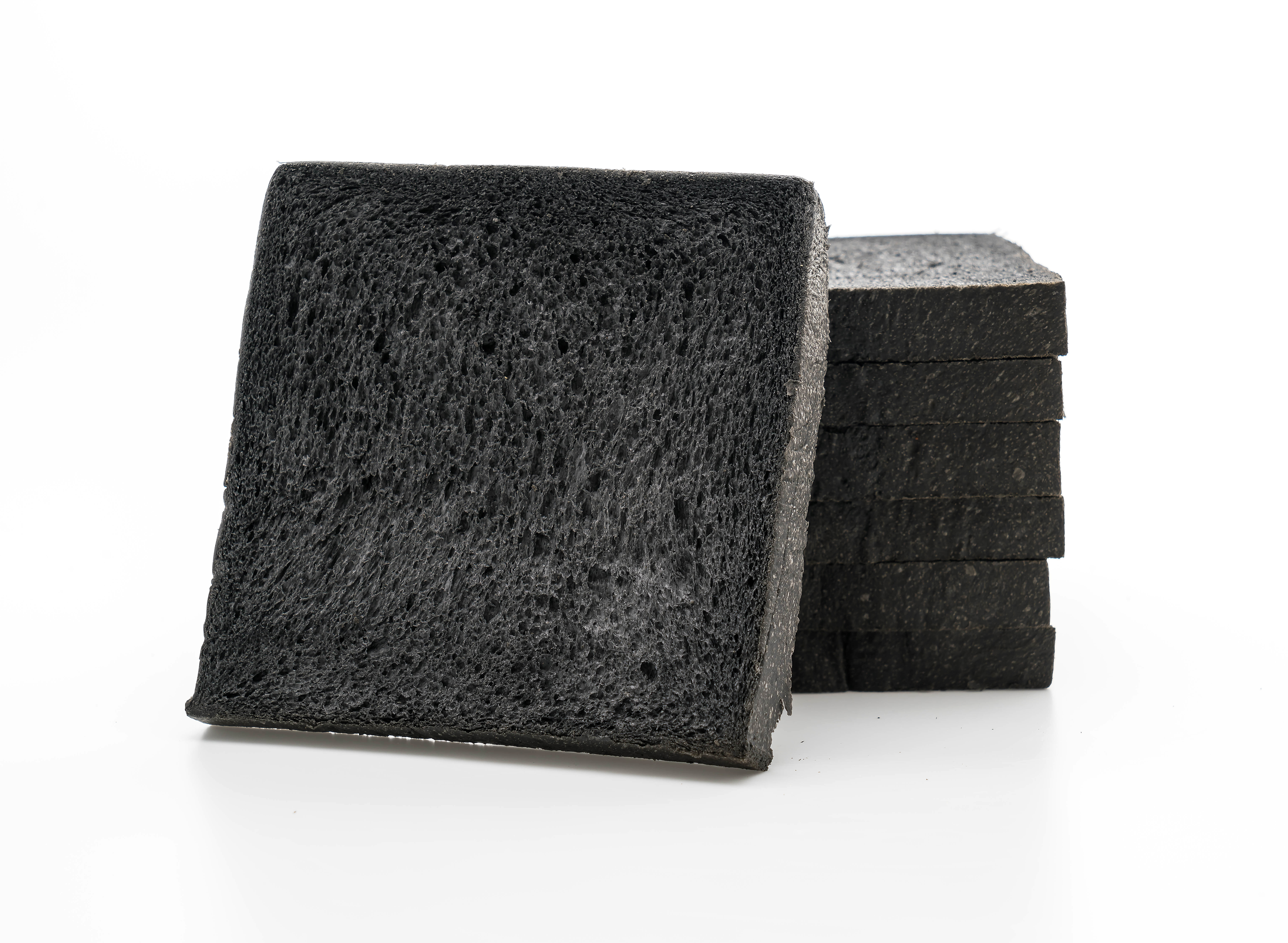What are air purifiers?
Air purifiers are devices built with electrical, electronic, and mechanical components that eliminate, and adsorb contaminants in indoor air. The filtering components vary from porous carbons to meshes and specialized filters to ionizers.
They employ various techniques like ionizing air particles or using UV lights in the cleaning process. Various techniques are used with various technologies and filters, which determine the extent of cleaning and the quality of the resulting clean air.
Understanding the Differences between the Various Air Purifiers
There is a wide range of air purifiers to choose from, each with a different intensity and range of air purification. This allows for varied applications and for a range of open spaces, including but not limited to offices, schools, homes, etc.
It is, therefore, important to understand their subtle differences to make an informed decision.
You must understand the effectiveness of each purifier in cleaning the different kinds of pollutants. Some purifiers specialize in cleaning solid particles, and others might work effectively against gaseous, airborne contaminants.
Moreover, even though they are aimed at cleaning the air itself, Ionizer purifiers can emit ozone which can prove detrimental to people with respiratory complications.
Always remember the health and environmental impact of a purifier. With techniques like UV radiation and ionization being employed in air purification, you must ensure that the usage is moderated to minimize any impact on the health and the environment.
Let’s delve a little deeper into air purifiers and their types.
HEPA (High-Efficiency Particulate Air) Filters
Considered the most efficient air purifiers, HEPA filter-based purifiers are the most popular filters on the list. HEPA filters are constructed of layers of fibrous material, like glass fiber, clustered and packed together to trap the contaminants as air passes through them.
How Do They Work?
HEPA filters work by channeling the air through in a zig-zag orientation. This zig-zag flow of air ensures that maximum air comes into contact with the fibrous material of the filters.
The filter traps the particles through three different phenomena. Impaction, where the particles are too large to pass through the space between the layers of the fibrous material of the filter. Interception, where the particles are directly trapped by the fibrous material.
And lastly, diffusion, when the small particles pass through the many layers and eventually get trapped in one of the many, even if they have passed through the first few due to their size.
Advantages
- Highly efficient as they can catch particles as small as 0.3 microns with a 99.97% efficiency.
- No harmful byproducts like ozone.
- Can pluck out a wide range of solid particles like pollen, dust, smoke, etc.
- Multi-layered multi-level protection ensures that the spread of viruses like COVID-19 can be reduced.
Disadvantages
- Comparatively expensive.
- Can intervene with the operations of HVAC Systems as they can reduce the airflow.
- Need frequent maintenance.
- Only effective against solid particles and cannot decontaminate the air from gaseous pollutants
Recommend Applications
HEPA filters can be used in various applications and are highly recommended for homes with people who have respiratory complications and allergies. They are best for houses with pets and smokers. They can also make an excellent addition to vacuum cleaners.
Moreover, it is a must-have for hospitals, clinics, clean rooms, and labs due to its high efficiency.
Activated Carbon Filters
Specializing in purifying air from vapors and gaseous pollutants, these purifiers use activated carbon as a filtering medium.
An activated carbon filter is made of a treated form of carbon designed to have a high surface area which allows it to interact and absorb pollutants from the air. You can find granular, carbon block, and powdered activated carbon filters on the market.
How Do They Work?
These filters work on the principle of adsorption. As air passes through the filter, the ions, gaseous molecules, and other contaminants stick or adsorb on the surface of the filter. The adsorption is proportional to time. The longer the air passes through the filter, the more the filter purifies it.
Advantages
- Easy to maintain
- Comparatively less expensive than HEPA filters, etc.
- It can eliminate gaseous and other harmful vapors with high efficiency. 5. Disadvantages of Activated Carbon Filters
Disadvantages
- Can saturate with contaminants quickly and require frequent replacement.
- Not effective against bacteria, salts, or other solid particles.
Recommended Uses
Activated carbon filter purifiers are highly used in water filtration systems and gas masks. They are also recommended for filtering waste gases in industrial applications due to their high efficiency in filtering out gaseous pollutants
UV-C light Purifiers
These filters use UV light to purify the air and eliminate microorganisms like viruses, bacteria, and allergens. They use UV-C light which is radiation of a fixed specific wavelength and has germicidal characteristics.
How Do They Work?
UV-C light purifiers clean the air using UV-C radiation, which has a wavelength range between 200 to 280 nm. This wavelength destroys the genetic composition of microorganisms. The light deconstructs the DNA and RNA of the microorganisms, which stops them from multiplying and spreading.
Advantages
- Eliminates microorganisms like bacteria and viruses, something that air purifiers can’t.
- Safer for the environment as they do not use chemicals or give off harmful byproducts.
- Low maintenance cost as the UV-C lamps need to be changed only once or twice a year.
Disadvantages
- Limited target area as it only kills pathogens that pass through the purifier.
- Ineffective against pollutants on surfaces and clothes or shoes.
- UV radiation can be dangerous as it can damage skin, especially if exposed for long.
Recommended Uses
UV-C light filters are highly recommended for places where strict cleaning routines are needed. This includes but is not limited to hospitals, laboratories, clinics, disease research centers, etc.
They are also much recommended in schools and offices where human engagement is high. Moreover, they can be used in food processing plants where sanitation and hygiene are paramount.
Ionic Purifiers
Also known as ionizers, these purifiers work using ionization as the purification technique to clean the air from contaminants. They use electrostatic charges as cleaning agents and are considered cost and energy-efficient air purifiers.
How Do They Work?
Ionic purifiers use two main techniques.
One, they release a stream of negatively charged ions into the air. These negatively charged ions are attracted to the positively charged contaminants in the air. The two charges bond together and become heavy enough to fall to the ground and not float in the air.
The second method is called electrostatic precipitation. The air purifiers charge the pollutants in the air with negative ions and house a plate that is positively charged. The plate attracts and catches the negatively charged particles removing them from the air.
Advantages
- Highly efficient in function.
- Highly energy efficient as they use less electricity.
- No noise pollution.
- No filter replacement costs.
Disadvantages
- Produces ozone which is dangerous, especially for those with respiratory complications.
- Not effective against odors and larger particles such as smoke or pet dander.
Recommended Use
Ionic Air purifiers are an excellent option to opt for small spaces where there is a high volume of human engagement, like offices, classrooms, etc. Moreover, they are quite useful for people with allergies, as they are capable of easily eliminating and targeting allergens and viruses from the air.
They are also a good option for paints industries where large amounts of VOC can be found in the air
Hybrid Air Purifiers
These purifiers offer more comprehensive air cleaning and purification. Hybrid Air purifiers work by engaging two or more air purifying techniques and technologies to achieve the latter.
How Do They Work?
The working principle of a Hybrid Air Purifier is defined by the two technologies being brought together and their working principles and techniques. HEPA filters are most commonly used in combination with one of the many other filters available.
Advantages
- Can provide comprehensive cleaning by targeting more than one kind of pollutant through various combinations of technologies.
- Ensures efficient air cleaning courtesy of added functions of more than one filter and technology.
- Flexible and customizable, allowing it to meet varied and specific purification needs.
Disadvantages
- Difficult to maintain and operate due to their complex designs.
- Costly compared to other air purifiers.
- Can cause noise pollution due to the requirement of more fans and filters that might be required for the technologies being used.
Recommended Use
Hybrid Air Purifiers are highly recommended in offices and schools that are near areas with high traffic. They are also useful in hospitals, especially those that specialize in dealing with airborne diseases and pathogens.
Moreover, hybrid purifiers can be used in hotels and resorts where international visitors might seek a more welcoming environment as they might not be used to the air and weather. Also, they can be used in commercial buildings like malls where there is a high influx of people and poor air quality.
Factors to Consider when Choosing an Air Purifier
While there can be many factors that must be considered when choosing an air purifier, there are a few basic ones that might give you a headstart. Here are the following:
Room Size
Consider the room size before making a purchase. An air purifier too big can be cost-extensive, while one that is too small might be inefficient. Also, make sure the purifier is at a good distance from the various kinds of smoke detectors to avoid false alarms.
Filter Replacement Costs
Almost all purifiers use filters of one kind or the other. Frequent usage can necessitate frequent replacement, and different filters can cost different rates depending on the sophistication.
Noise Level
Air purifiers can be loud, especially hybrid units. This can be disruptive and distracting, rendering them not usable for homes or offices, or school libraries. Go for a purifier that has noise levels below 50 decibels.
Energy Efficiency
These machines consume a lot of electricity. Ensure you buy a purifier with a high CADR, which cleans the air quickly without having to run for too long. Also, check for certifications like the Energy Star before buying one.
Additional Features
To use a purifier with accessibility and convenience, you might want addendums like sensors, remote controls, or programmable settings. Choose a purifier that offers these features.
Conclusion
The world population is proliferating and is leaving a very negative impact on our precious, breathing air. That is why it is necessary to start investing in Air Purifiers.
You can use HEPA filters to snuff out the solid particles or carbon-activated filter-based purifiers to eliminate airborne contaminants.
You can also choose ionizers, or opt for one that uses UV light sanitization techniques technology that can eliminate electrically charged contaminants or bacteria and viruses respectively. Remember to consider the area of air purification, the incurring and running price, and the maintenance of the purifier.
But most of all ensure that you buy an air purifier that is energy efficient so that it has the least impact on the environment.



